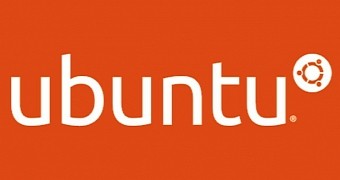On July 28, Canonical, through Cemil Azizoglu, published the changelog of the recently released Mir 0.14 next-generation display server for Ubuntu Touch and Ubuntu Desktop Next operating system.
On this occasion, Canonical officially announced the release of Mir 0.14, which landed in the Ubuntu Touch 15.10 (Wily Werewolf) development branch a few days ago, as reported by Softpedia. The current stable branch, Ubuntu 15.04 (Vivid Vervet), will also receive the Mir 0.14 update in the coming days.
According to the release notes, Mir 0.14 is a major milestone that brings cool new features, such as MirEvent 2.0 improvements and unifications, compilation support for GCC (GNU Compiler Collection) 5.0, fixes for various thread sanitizer issues, and, of course, many other under-the-hood improvements.
Starting with Mir 0.14, the Mir developers laid the basis for the new buffer semantics feature, as well as for the Mir-on-X11 functionality, which splits the Mesa platform into the Kernel Mode Setting (KMS) and common parts. There's also the addition of a new SurfaceInputDispatcher function to replace Android's InputDispatcher.
"We have recently released Mir 0.14 to Wily (0.14.0+15.10.20150723.1-0ubuntu1). It’ll soon be released to Vivid+ as well. We have lots of goodies in 0.14," says Cemil Azizoglu. "It was a comprehensive release where we broke every single ABI under the sun including the client ABI. That required us to release many dependent projects."
Here's what's coming in Mir 0.15
Now that the work on Mir 0.14 is done and it has been officially released, the Mir developers will start preparing the next major version, Mir 0.15, which will introduce features like ANR (Application-Not-Responding) optimizations, better handling of ANRs, support for raw input events, and the libinput platform.
Moreover, there will be experimental support for the Mir-on-X11 feature, which lets the Mir display server to run as an X11 client in a window, additional buffer semantics work, better window management support, a client API for specifying the shape of an input region, latency reduction optimizations, and support for relative pointer motion events.

 14 DAY TRIAL //
14 DAY TRIAL //